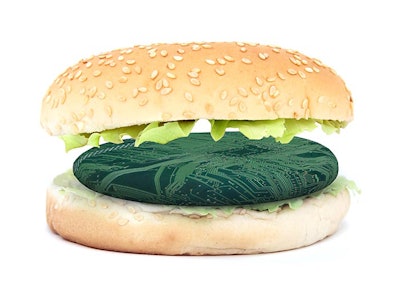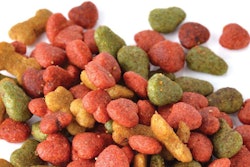
About four years ago I mentioned lab burgers — first shown to the world in summer 2013 — at a conference and pointed out some repercussions for the pet food industry should these burgers become commercially viable. At that time I was met with a fair degree of skepticism. People found it difficult to let the idea sink in that traditional rearing and fattening of beef cattle (or other animal species, for that matter) could be replaced by an engineered process.
Looking at the situation four years later, I must conclude that utopia has transformed into reality — well, almost!
Rumor has it that the first factory meat will be commercially available before the end of this year. Nothing less than goose liver — or foie gras — because liver cells are easier to culture than muscle cells. And cultured wagyu steak already seems in the making.
Entering the age of "healthy" meat
Because the stem cell will be taken from a pure/clean animal, claims such as “without antibiotics or hormones” will no longer be necessary. We’re entering the age of “healthy” meat! And a healthier environment, also because (much) less methane emissions will result.
Investors of repute and with ill feelings about the planet’s future take a shine to cultured meat. They put their money where their heart is.
Factories with an industrial capacity are being built, initiatives to further develop and commercialize factory meat are being taken. Companies such as Just and Mosa Meat have been founded.
Implications for pet food: scarcity of by-products?
My thought some four years ago was, and still is, that factory meat will become a reality. And that therefore the availability — also for the pet food industry — of usable by-products will come under more pressure than it is already today. After all, factory meat does not process animals that need to be slaughtered, and we only produce what we like to eat. No more by-products? Certainly if we understand (there seems to be some scientific basis for this) that one bovine stem cell can produce up to 100,000 hamburgers, how many feedlots do you then need to supply McDonald’s?
Sir Winston Churchill said 80 years ago or so that it is absurd that we have to grow a whole chicken just to eat the breast and the wings. And he predicted in 50 years hence that we would be able to grow the parts that we wanted separately. Although we are a few decades behind Sir Winston’s schedule, it now looks as if his prediction becomes reality.
21st Pet Street, home of Change Stranamics

















